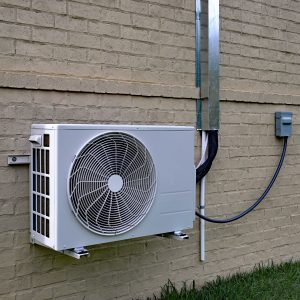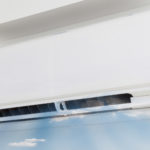It’s no secret that mini-split systems are growing in popularity throughout North America. In fact, they’re one of the fastest growing segments of the HVAC industry, a trend being driven in no small part by advances in ductless technology and rising consumer awareness.
And while this is great news for HVAC companies across the board, it’s not without some challenges. As simple as they seem, mini-split systems are highly complex and require specialized training and tools for proper installation and accurate troubleshooting.
Without this proper training and tooling, HVAC companies and technicians are putting themselves and their clients at risk of improperly installed systems and misdiagnosed on-site repairs. They must also consider the impact on existing HVAC equipment and add additional ventilation.
Installation mistakes and missteps
When a mini-split system runs into issues, the most common culprit is improper installation. Because the systems themselves appear to be simple and straightforward, there’s a tendency to think installation will be easy and straightforward. Some DIY homeowners even attempt to do it themselves, not realizing they’ve made critical mistakes until much later, when either the indoor or outdoor unit runs starts malfunctioning or showing an error code.
Amongst installers and technicians, there’s a widespread belief that ductless systems can be treated just like conventional AC equipment. In reality, mini-split systems need to be approached for what they really are: high-tech electronics systems with complex wiring requirements.
One of the most common problems with mini-split systems is a circuit board failure, which typically happens when the system’s wiring wasn’t installed correctly. For instance, if the wrong communication wire is used, or if a single air-handling unit is wired to a multi-zone condenser, the circuit board and other electronic components can fail.
Other common installation mistakes include failing to properly ground the system, using the wrong amount of refrigerant for the system, and not ensuring the voltage the system is connected to is within the manufacturer’s recommended range.
The trouble with troubleshooting
When problems are detected, or the system displays an error code, technicians face a set of challenges that are unique to mini-split systems. Because there are no industry established error codes and standards, problems can be difficult to troubleshoot with accuracy. The process varies from model to model, and between manufacturers to manufacturer and the generation of the product.
It’s a little like troubleshooting issues with a computer. It can be easy to narrow down the issue to a specific problem area or type of problem, but zeroing in on the exact cause and finding a solution can be tricky. Often, the on-site technician will need to contact the manufacturer for more insight into the error code, which may vary from manufacturer to manufacturer.
Mastering mini-split systems
Since ductless systems are only gaining in popularity, HVAC companies and technicians need to adjust the way they approach the installation and troubleshooting of these units.
Rather than treating mini-split systems like standard AC equipment, companies that invest in proper training for these systems will be better positioned to take advantage of this growing market in a more sustainable way.




